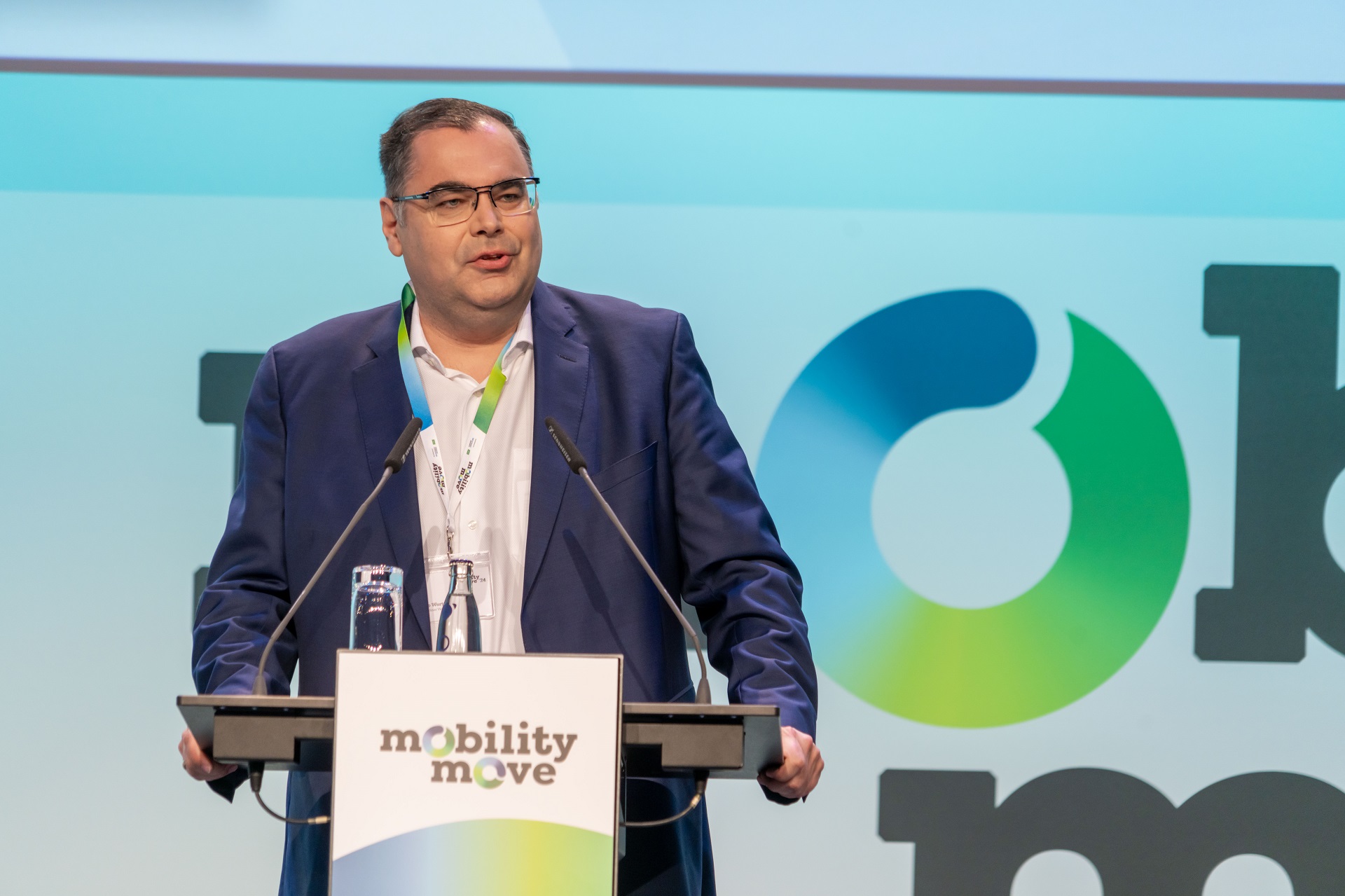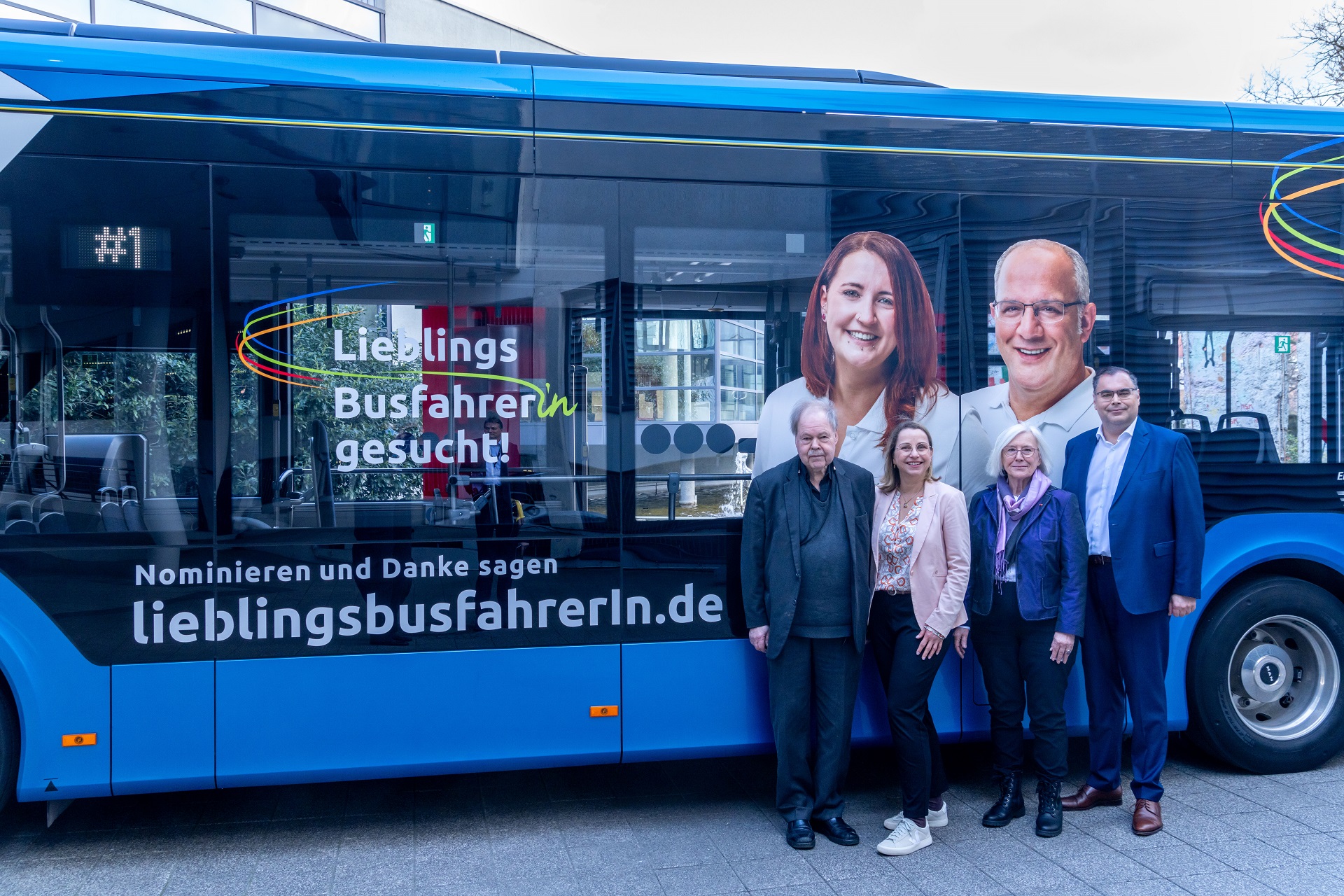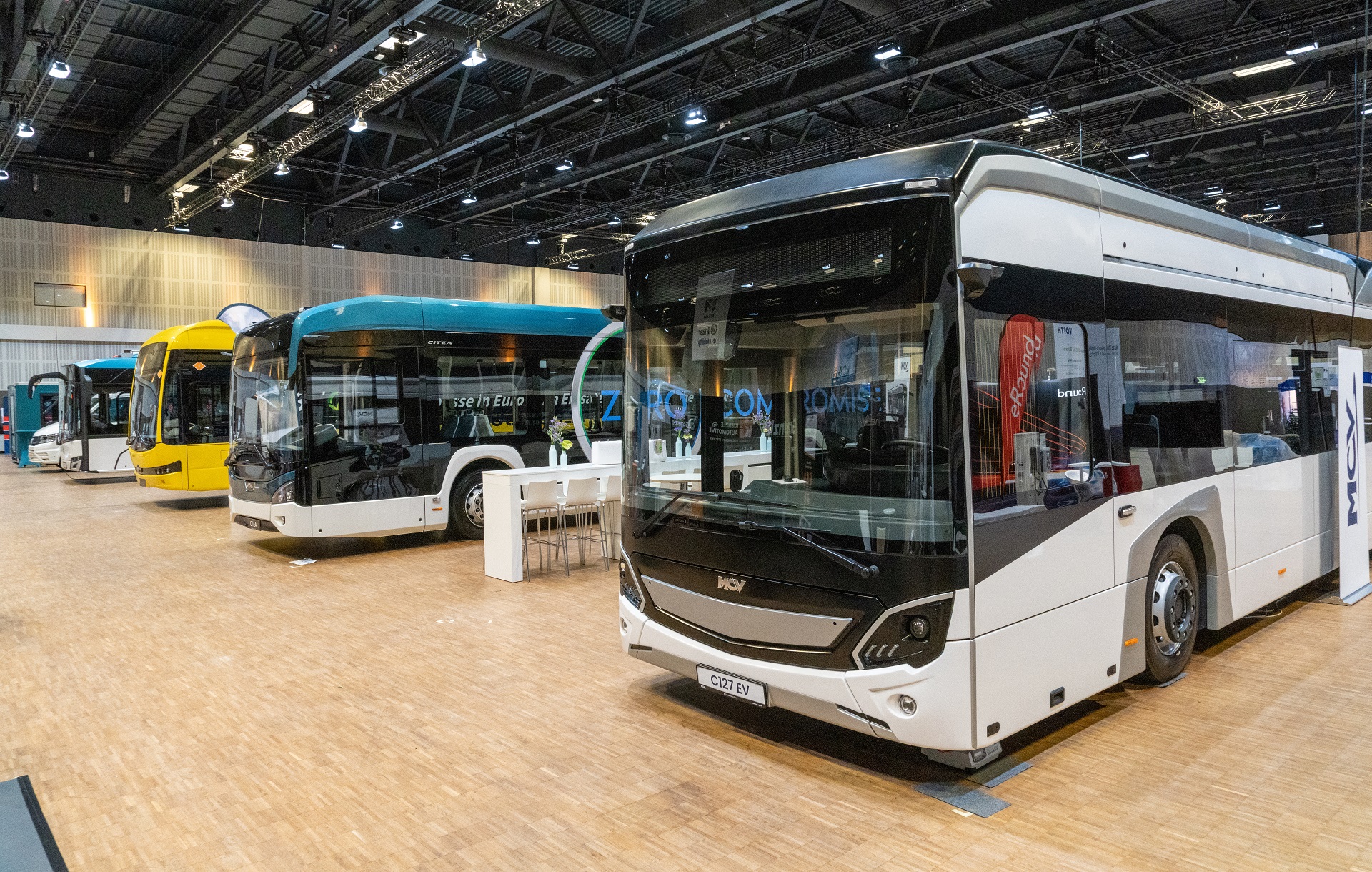
Autonomous driving: the solution to many problems?
The future is here and now: The first autonomous vehicles for public transport are ready. However, it will still be a while before they can be used driverless in road traffic. This makes it all the more important that the industry stays in touch.
In addition to digitalization and electromobility, autonomous driving is one of the major innovation topics of our time. The first prototypes of autonomous shuttles already exist. The industry is currently faced with the challenge of bringing vehicles onto the market in larger quantities. In the USA and China, driverless offerings are already part of everyday commercial life. The city of Hamburg has now set itself an ambitious goal: by 2030, 10,000 autonomous shuttles should drive on the Hanseatic roads.
The VDV-Congress on Future Autonomous Driving within Public Transport will also take place in 2024 – as part of mobility move. The combined event offers participants a variety of opportunities for exchange, up-to-date specialist information and an extensive supporting program.
Highly automated driving is about to be launched on the market in Germany. Industry experts report on their experiences in deployment and expansion into numerous cities. In addition to reports from users, the event also takes a look at ongoing research projects. As usual, at the VDV-Congress on Future Autonomous Driving within Public Transport, local transport companies discuss the current status together with industry, business and politics.
We spoke about the importance of autonomous driving in public transport and the future congress as part of mobility move with Dr. Till Ackermann, Head of Economics and Business Development at the Association of German Transport Companies (VDV).
3 questions to Dr. Till Ackermann, VDV
Why is autonomous driving so important?
Till Ackermann: “The digital transformation is bringing about massive changes: localized means of transport, multimodal algorithms or powerful sensors. All of these developments culminate in the autonomous public transport shuttle in on-demand operation. Autonomous driving for existing public transport can be a solution to many of its problems – or it can be a completely new kind of competition. Either way, we have to quickly and consistently convince politicians and the public of the integrated solutions in public transport.”
Are there hurdles?
Till Ackermann: “The shuttle and self-driving system manufacturers must, among other things, be brought together with investors. Public transport is unable to pre-finance technology development and the construction of factories. I assume that once we see the first projects with ten to 20 autonomous vehicles in Germany, then scaling will happen very quickly.”
What is special about your stage at mobility move?
Till Ackermann: “mobility move has the potential to become the public transport specialist event of transformation. The focus is on electrification, digitalization and automation. Our congress on future autonomous driving fits in well there. We are now holding it for the eighth time and, as always, we look forward to discussing the current developments in plenary with our top-class speakers. And the next projects are being agreed on the sidelines.”
Image: FVL





